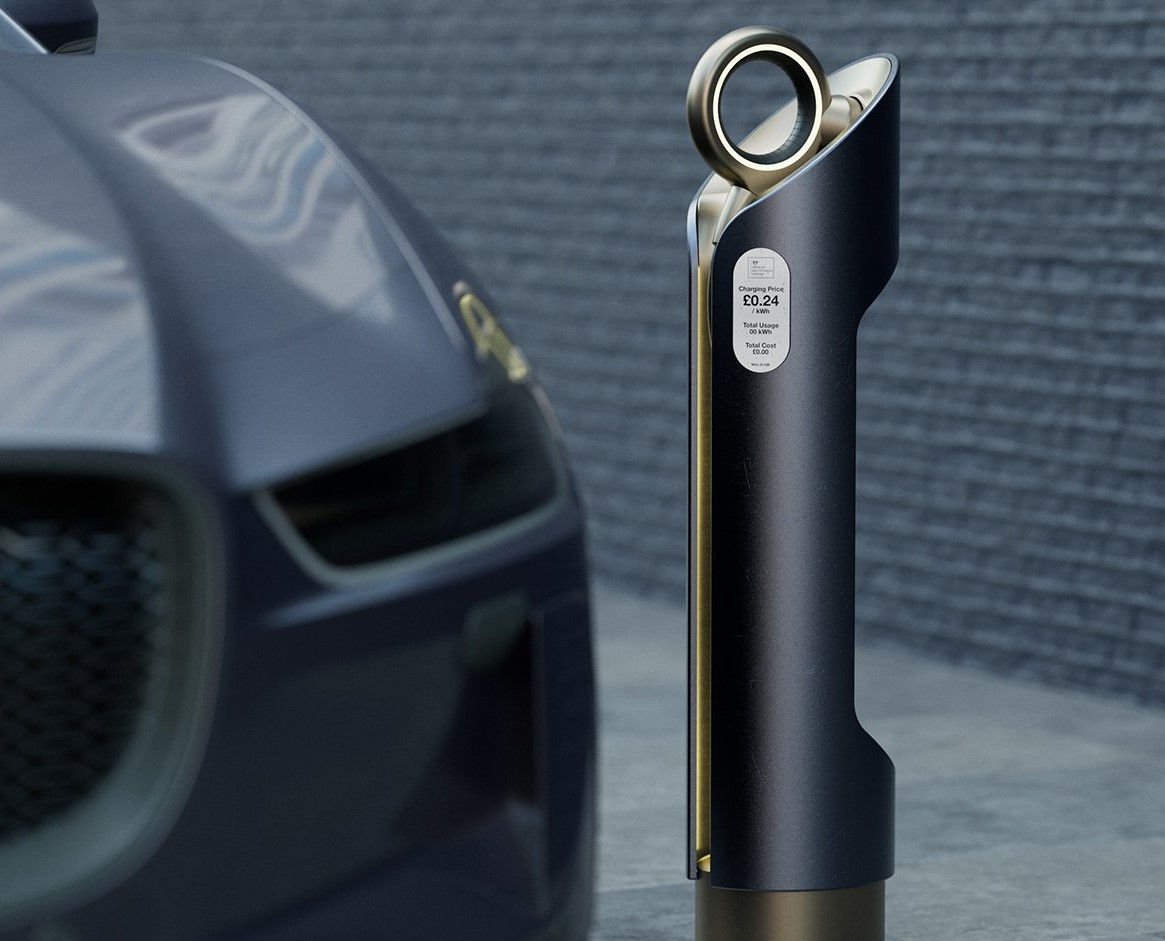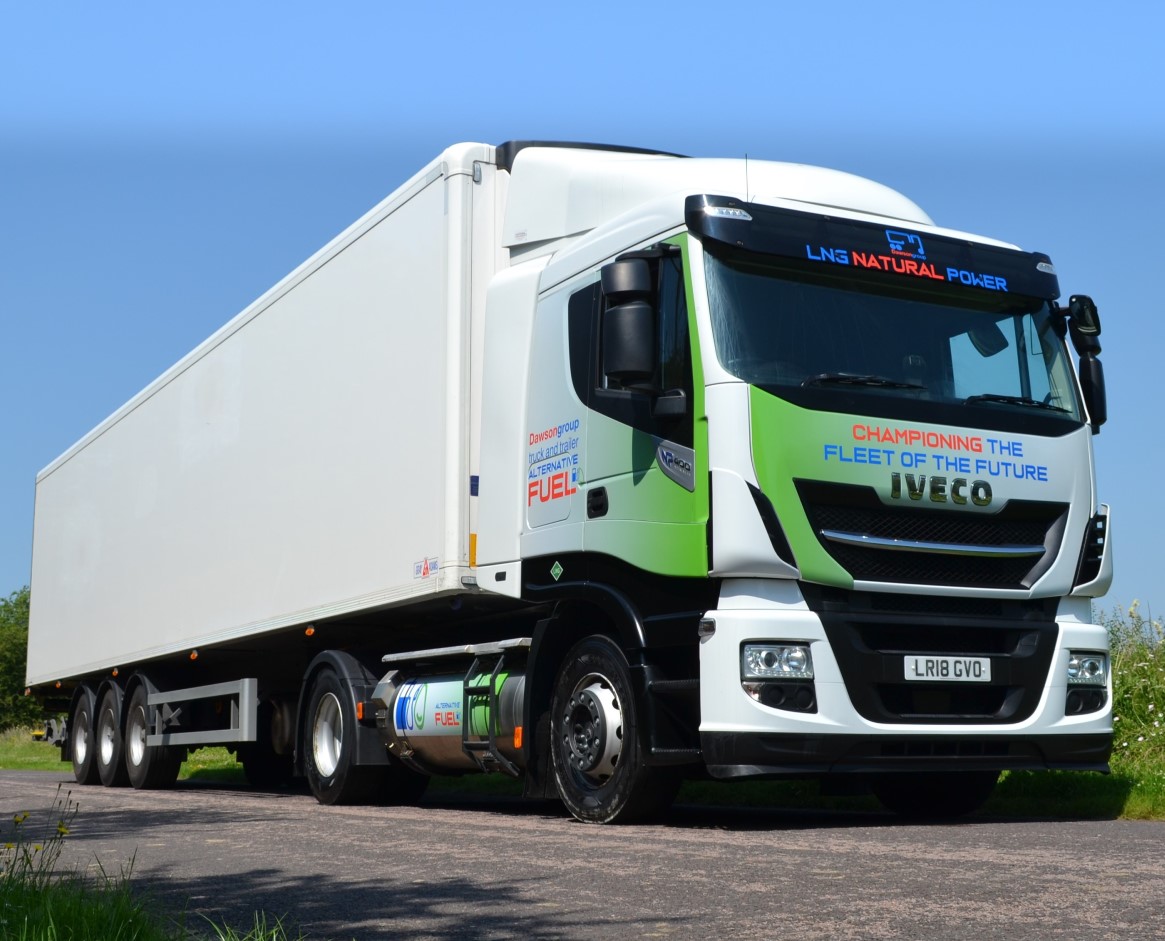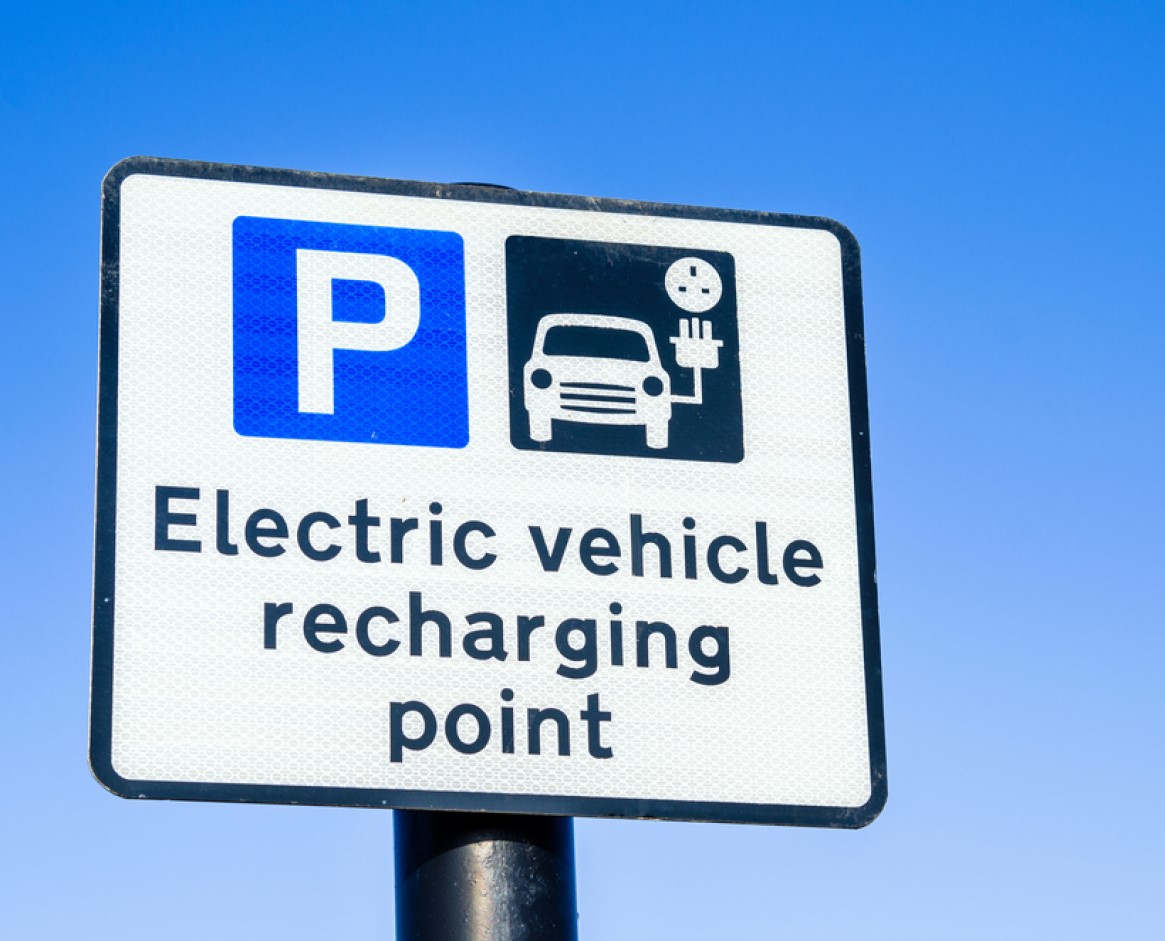EV Charging Infrastructure – The Future of Fleet
The government’s target to achieve zero emissions by 2050 throughout the UK is one of the most ambitious in the world. As part of the plans to reach this target, the sale of new petrol and diesel cars and vans is being stopped from 2030 and all new cars and vans must be fully zero emission at the tailpipe by 2035. Having the correct EV charging infrastructure is key in the successful transition to net zero emissions – and not just for cars. Many people in the transport and logistics industry are concerned that not enough consideration is being given to the infrastructure fleet vehicles need.
However, batteries are continually being developed with longer ranges and faster charging times, with cars and HGVs predicted to have ranges of over 600 miles in just the next couple of years. Now imagine what could be possible in the next ten or twenty years.

The Current Situation
So-called ‘range anxiety’ is the most common concern when it comes to transitioning to electric vehicles. There are currently over 30,000 public charging points around the UK. The government has recently announced its plan to increase that number to 300,000 – almost five times the number of fuel pumps there are today – to ensure the country is EV fit by 2030. In addition to this, some chargepoint operators have already committed to installing an additional 15,000 rapid chargepoints across England’s entire road network – quadruple the existing number – and over 100,000 on-street chargepoints by 2025.
Over £1.6 billion is due to be spent on the roll out of infrastructure for a mix of different charging solutions across the UK. The plan is that charging will become cheaper and easier than refuelling a petrol or diesel car, and new legal requirements on operators will ensure that drivers of EVs can pay by contactless, compare charging prices and find nearby chargepoints via apps. The last point is already possible, with a range of different apps available. Most chargepoint operators have their own; however, apps such as ZapMap show all the different charging points as well as whether they are working or out of service, whether they are available or being used and the type of charge point.
Whilst the number of EV charging points is rapidly increasing, people are often worried whether charging points are reliable or working. Using apps will enable you to find out whether a chargepoint is working before you get there. And may save you a journey you can’t afford to make.
Is Electric the Solution for Everyone?
Of course, the situation is very different for vehicles other than cars. According to the BVRLA’s Road to Zero Report Card, cars are accelerating towards the zero emissions targets, whilst vans are slightly behind and HGVs are significantly behind the set targets.
 Buses are heading in the right direction, with nearly 1,000 more zero-emission buses to be funded in towns and cities across the country, bringing the total funded in England to 2000 so far, and a further 600 zero-emission buses have been funded in Scotland, Wales and Northern Ireland. In addition to this, a consultation has just been launched on ending the sale of all new petrol and diesel buses between 2025 and 2032.
Buses are heading in the right direction, with nearly 1,000 more zero-emission buses to be funded in towns and cities across the country, bringing the total funded in England to 2000 so far, and a further 600 zero-emission buses have been funded in Scotland, Wales and Northern Ireland. In addition to this, a consultation has just been launched on ending the sale of all new petrol and diesel buses between 2025 and 2032.
However, this is still a long way behind some other countries. In Shenzhen, China, for example, its entire bus fleet of over 16,000 buses are electric, as well as all 22,000 of its taxis. London, meanwhile, has one of the highest numbers of zero emission buses in Europe with 800 out of 9,400 being electric and a target to make ten percent of the fleet zero emission by the end of the year.
HGVs have a long way to go on both vehicles and infrastructure, although some companies are already investing. Tesco and Amazon have both recently added electric HGVs to their UK fleets. These are perfect for short-range deliveries where the truck can return to base and charge overnight, but they are not practical for longer journeys as it takes too long to recharge when time is of the essence. For example, DAF’s recently launched CF Electric, which is available as a two-axle tractor unit or as a three-axle rigid truck, has a range of up to 155 miles (250km), depending on the driving conditions, use and load, and can fully charge in 75 minutes on a 250kW supercharger.
New non-zero emission HGV sales will end in 2040. Currently, however, there is no single zero emission technology appropriate for all HGV use cases and many people think that EVs are not the way to go. This is especially the case for those that have long distance journeys which can take days or even weeks to complete. The charging infrastructure is not yet in place across the UK to ensure that drivers will be able to reach their destinations, and currently there is no plan to create the necessary public recharging or refuelling infrastructure specifically for HGVs and drivers to enable their transition to zero emissions.
 The Future Is Electric
The Future Is Electric
There is a long way to go in the transition to net zero emissions, and the path ahead isn’t completely clear at the moment. However, if you consider how far electric vehicles have come in just the last five to ten years, compared to even just the previous decade, it is possible to see the potential.
Electric vehicles have been around since the mid-1800s with modern EVs beginning to be sold commercially in the 1990s, although these were sold in low numbers and usually had a range between 45 and 100 miles. Now, many new EV cars have ranges of over 300 miles – more than enough to eliminate the majority of range concerns. In comparison, most electric LCVs have ranges from 90 to 245 miles, depending on the make, model and payload, whilst electric HGVs usually have a range of 100-250 miles, again depending on the make, model and payload.
The correct infrastructure needs to be in place to make it viable for all commercial vehicles to be fully electric, and we have a long way to go before there is a fast, reliable network of charging points that are suitable for fleet needs. Suppliers need to take the initiative and ensure they have their own charging infrastructure in place to meet the needs of their customers.
To find out more about how Dawsongroup can help you in the transition to net zero, contact one of our experts for a free consultation today.
To find out how Dawsongroup can support your business in the transition to net zero, request a free consultation with a Dawsongroup expert by completing the contact form below.
UK Head office
Delaware Drive
Tongwell
Milton Keynes
MK15 8JH

Dawsongroup Limited | Company reg. no. 01902154 (registered in England and Wales)